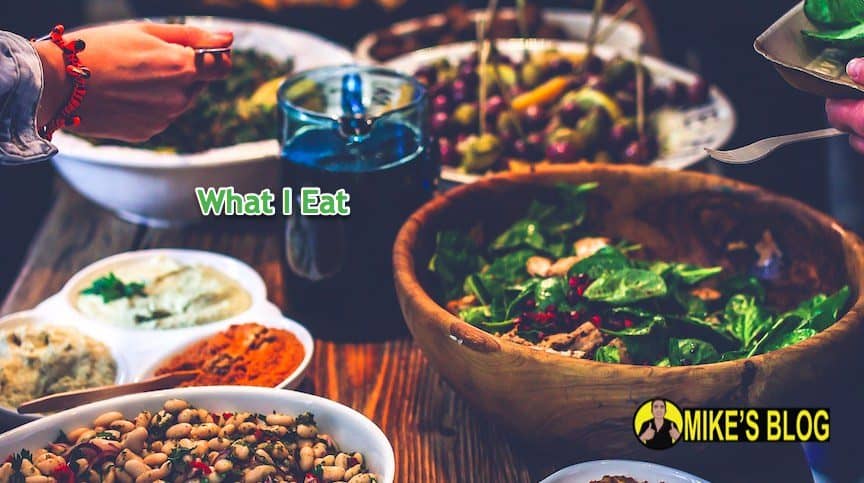Been getting mostly positive feedback on the I don’t drink blog post here. Some say I am hiding behind my blog to avoid confrontation – sure, that makes some sense – but at the same time it has already helped prepare people in advance so no misunderstandings.
TLDR (Too Long Didn’t Read)
If you just want to hear what I can and cannot eat – here it is:
Saturday = Cheat day – so if our meeting is on Saturday, I can eat anything (but I don’t drink).
Sunday to Friday (all other days)
I can order / eat:
Vegetables (greens)
Meat (try to have it lean, more pork/chicken over beef)
Beans
Nuts
No carbs (except beans)
– No rice
– No break
– No noodles
No fruit (except avocado)
No sugary drinks
(also I have a pdf here)
Background of This Post – An Amazing Lunch Meeting
I had a great lunch meeting last week in Hua Hin at an amazing business man’s home, and his wife prepared an amazing lunch. But one thing happened – he said he forgot to ask me if I have any special dietary requests etc.
And I do have a bit of a specific list of requirements.
Been Following the “Four Hour Body” Slow Carb Diet
Since about 2014 / 2015 I started transitioning to Tim Ferris’s “Slow Carb Diet” from the Four Hour Body book. Read my transition blog post here, or watch a video of me enjoying cheat day in Shanghai here.
Check out Tim’s book (I’m an affiliate)
And it sticks to the list at the beginning of this post. Or you can download my pdf here.
Concept – Caveman Diet
When I discuss this with people (normally after ordering at a restaurant) I like to explain it like the idea of a caveman.
Bread and noodles are mass produced. Did a caveman wakeup in his cave and warm up some noodles for breakfast?
No, a caveman woke up and hunted for meat, gathered vegetables, nuts, and had fruit for desert.
I have been convinced all this bread and noodles was marketed to us by large corporations.
Why?
Bread and noodles are EASY and PORTABLE and have LONG SHELF LIVES.
As an e-commerce seller, I also like products like this. You can mass produce them, you can store them in a warehouse without too much temperature requirements. You can ship them easily. They sit on the shelf for a long time.
That means decent profit margins. You can really invest in your manufacturing scale – make a ton of noodles ad bread like products – and get your COGS (cost of goods sold) down low. Then you can increase margins by building global distribution.
What do you do as you grow your multi-national food brand and business?
You can invest in lobbying governments to make a food pyramid that says you need to eat a lot of bread and noodles every day. You can have scientific research done that says bread and noodles are the basic staple food a human should eat. You can have videos made and white papers made making sure that you are getting everyone to say to the public – eat my kind of food.
You also have a big marketing budget. You can pay famous people to say my sugar filled carb food or snack is the best. If you eat this sugar snack, you will be happy and you will be like “me” (insert happy successful influencer on that advertisement).
That Garbage is Also Habit Forming
Sugar is addicting. I’ve read various habit books, and sugar gives you that “kick” after taking it – it gives you the immediate, short term reward that makes you crave a sugary product.
Selling Natural Food is More Expensive
To sell healthy food is harder. And more expensive.
Meat is hard to scale compared to carb.
Vegetables cannot be transported as easily and don’t have as long a shelf life.
Beans – can get canned beans but not as good as dried beans.
Nuts are decent – but many have all kinds of sugar and preservatives in it – check any 7-11. Hard to find plain ones.
Made This PDF Of a List of Food and Recipes
Back in March 2015 when I was studying the 4 Hour Body deeply, I made a PDF listing out the foods and various popular recipes, based on the book, as well as based on my own research and speaking to others.
